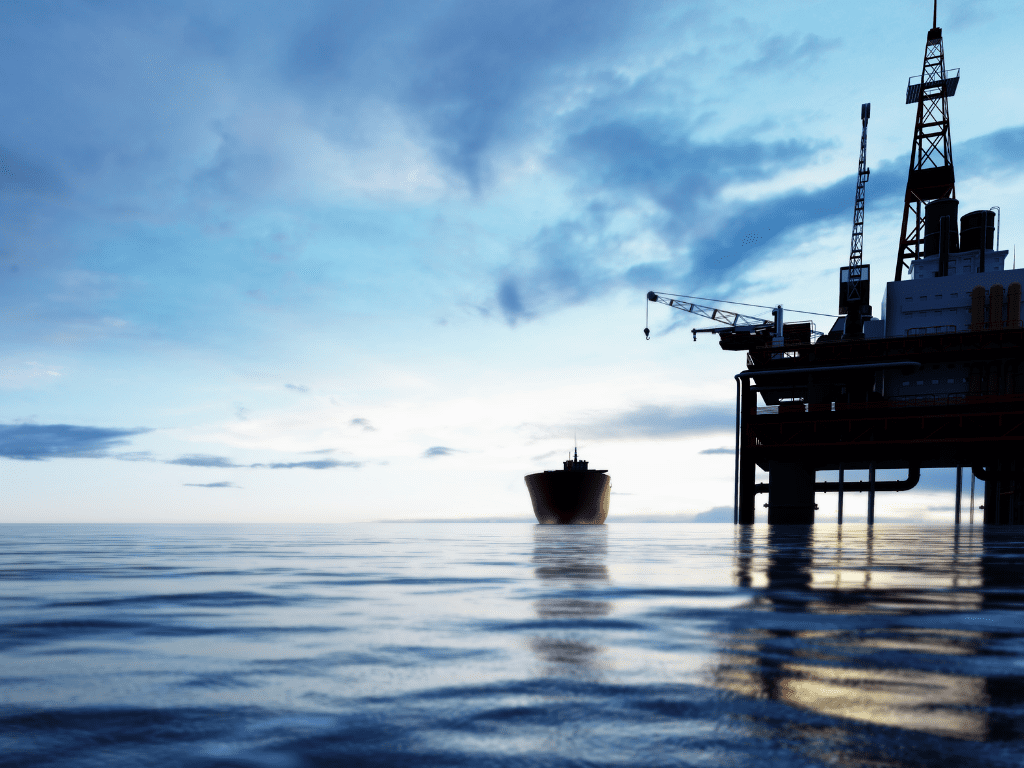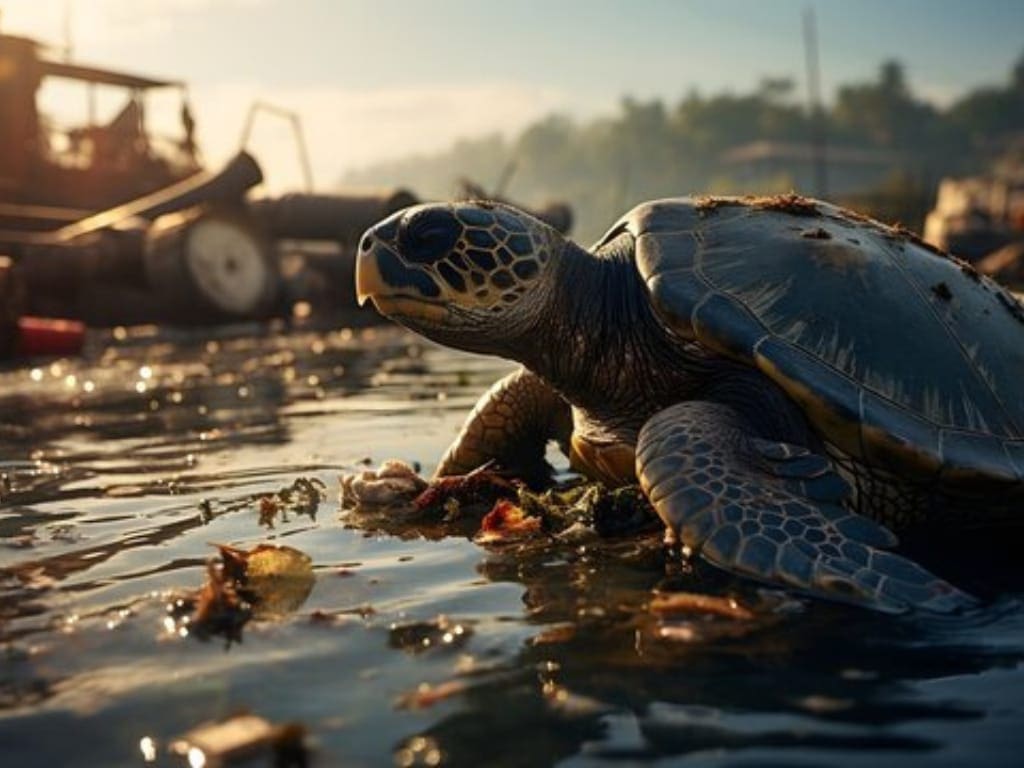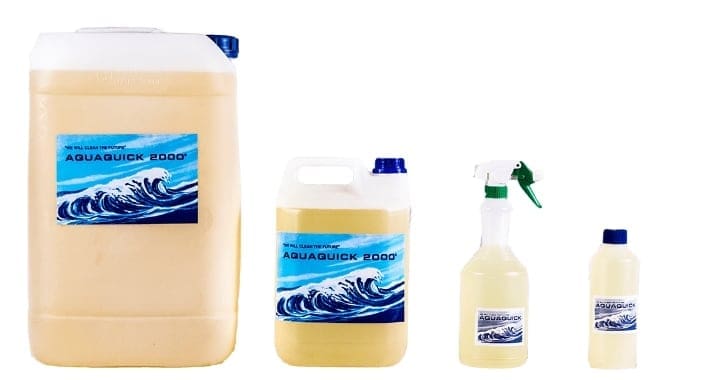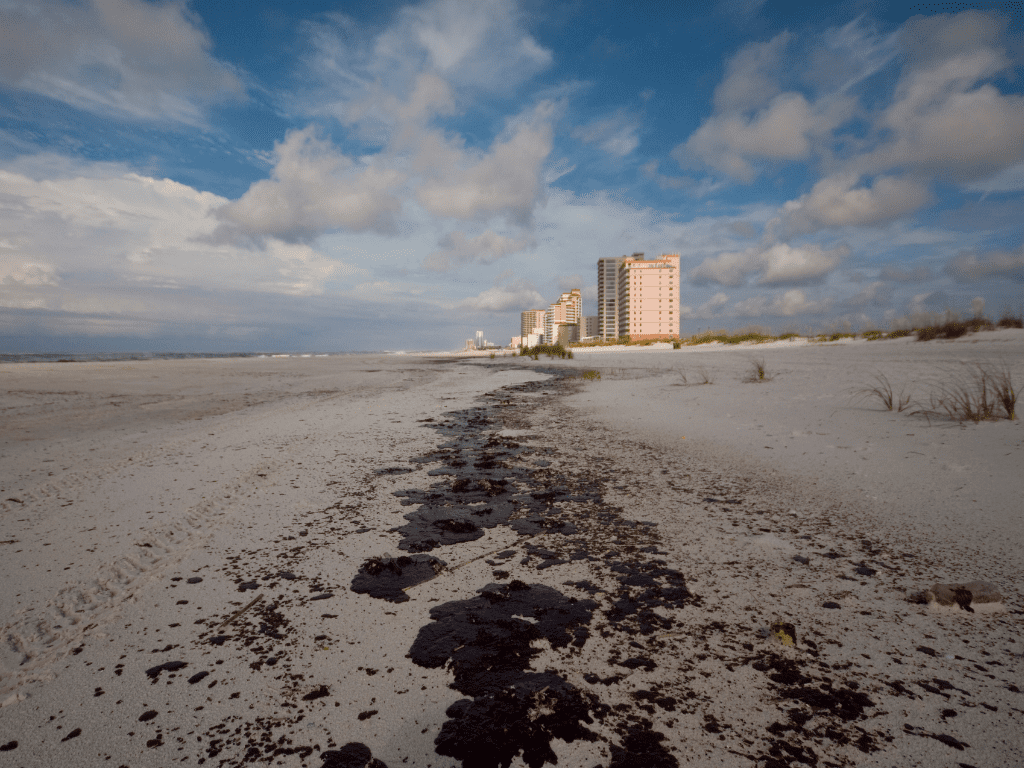Oil spills represent one of the most devastating environmental disasters affecting our oceans and marine life. When oil is released into marine environments, whether through accidents involving oil tankers, offshore drilling rigs, or pipelines, the consequences can be catastrophic and long-lasting. In this article, we delve into the negative impacts of oil spills on the sea and marine life, explore effective oil spill cleanup strategies, and discuss long-term recovery efforts.
The Environmental Impact of Oil Spills
Oil spills have profound and often long-lasting effects on the environment, affecting marine life, ecosystems, and human communities that is why it require an oil spill clean up. When oil is released into the environment, whether through accidents involving tankers or offshore drilling operations, it can lead to immediate and widespread damage so oil spill cleanup is compulsory.
Impact on Marine Life
Marine life is particularly vulnerable to the effects of oil spills and we need to be very careful while doing an oil spill cleanup. Oil coats the feathers of seabirds, reducing their ability to fly and insulate themselves from cold water. It also contaminates the fur of marine mammals, such as sea otters, leading to hypothermia and reduced buoyancy. Fish and shellfish may suffer from contaminated habitats and reduced oxygen levels due to oil slicks on the water surface. The toxic components of oil can affect the reproduction, growth, and survival of marine organisms, disrupting entire ecosystems.
Ecosystem Disruption
Oil spills disrupt ecosystems in various ways. Coastal wetlands, mangroves, and salt marshes, which serve as critical habitats and nurseries for marine species, are particularly sensitive to oil contamination. The oil can penetrate sediment layers, persisting for years and affecting the growth of vegetation and the reproductive cycles of resident animals. In marine environments, coral reefs, seagrass beds, and estuaries face similar threats, with oil smothering organisms and reducing light penetration needed for photosynthesis.
Economic and Social Impact
Beyond ecological damage, oil spills have significant economic and social consequences. Coastal communities that rely on fishing, tourism, and recreational activities suffer direct economic losses when oil contamination renders fisheries unsafe or disrupts tourist destinations. The oil spill cleanup and recovery costs associated with oil spills can also strain local and national economies, requiring extensive resources and time to mitigate environmental damage and restore affected areas.
Oil spills pose a multitude of threats to marine ecosystems, impacting organisms from the smallest plankton to the largest marine mammals so to do an oil spill cleanup. Here are some of the primary negative impacts of oil spills:
- Coating of Marine Surfaces: When oil spills occur, they spread across the water surface and coat everything they encounter. This coating prevents oxygen exchange between the atmosphere and the water, suffocating marine life.
- Toxicity: Crude oil and its by-products contain toxic substances such as polycyclic aromatic hydrocarbons (PAHs) and heavy metals. These pollutants can poison marine organisms, affecting their health and reproductive capabilities.
- Disruption of Food Chains: Oil spills can disrupt entire marine food chains. Phytoplankton, which form the base of marine food webs, can be killed or contaminated by oil, impacting organisms all the way up the food chain to fish, seabirds, and marine mammals.
- Damage to Habitat: Oil can settle on the seabed, smothering bottom-dwelling organisms such as coral reefs, seagrasses, and shellfish beds. These habitats provide crucial breeding and feeding grounds for many marine species.
- Long-Term Environmental Persistence: Some components of oil can persist in the environment for decades, continuing to impact marine ecosystems long after the initial spill event.
Oil Spill Cleanup Strategies

Oil spills have profound and often long-lasting effects on the environment, affecting marine life, ecosystems, and human communities and requires oil spill cleanup to save aquatic environment. When oil is released into the environment, whether through accidents involving tankers or offshore drilling operations, it can lead to immediate and widespread damage.
Impact on Marine Life
Marine life is particularly vulnerable to the effects of oil spills. Oil coats the feathers of seabirds, reducing their ability to fly and insulate themselves from cold water. It also contaminates the fur of marine mammals, such as sea otters, leading to hypothermia and reduced buoyancy. Fish and shellfish may suffer from contaminated habitats and reduced oxygen levels due to oil slicks on the water surface. The toxic components of oil can affect the reproduction, growth, and survival of marine organisms, disrupting entire ecosystems.
Ecosystem Disruption
Oil spills disrupt ecosystems in various ways. Coastal wetlands, mangroves, and salt marshes, which serve as critical habitats and nurseries for marine species, are particularly sensitive to oil contamination. The oil can penetrate sediment layers, persisting for years and affecting the growth of vegetation and the reproductive cycles of resident animals. In marine environments, coral reefs, seagrass beds, and estuaries face similar threats, with oil smothering organisms and reducing light penetration needed for photosynthesis.
Economic and Social Impact
Beyond ecological damage, oil spills have significant economic and social consequences. Coastal communities that rely on fishing, tourism, and recreational activities suffer direct economic losses when oil contamination renders fisheries unsafe or disrupts tourist destinations. The cleanup and recovery costs associated with oil spills can also strain local and national economies, requiring extensive resources and time to mitigate environmental damage and restore affected areas.
Understanding the full scope of environmental impact underscores the critical importance of effective and sustainable oil spill cleanup solutions like AQUAQUICK 2000. By mitigating the immediate and long-term effects of oil spills, such solutions play a crucial role in safeguarding marine environments, supporting biodiversity, and preserving the livelihoods of communities dependent on healthy coastal ecosystems.

Effective oil spill cleanup strategies are essential to minimize environmental damage and restore affected areas. Various methods and technologies have been developed to address oil spills, each with its advantages and limitations.
Mechanical Cleanup
Mechanical methods involve physically removing oil from the water surface or contaminated shorelines. Booms and skimmers are commonly used to contain and recover oil slicks on the water. Booms act as barriers to contain the oil, while skimmers collect the oil from the surface for disposal or recycling. Onshore, vacuum trucks and sorbent materials are used to collect and remove oil from beaches and marshlands. Mechanical cleanup is effective for large spills and visible oil but can be labor-intensive and may not be suitable for rough seas or inaccessible areas.
Chemical Dispersants
Chemical dispersants are substances sprayed onto oil slicks to break up the oil into smaller droplets that disperse into the water column. This process enhances microbial degradation and speeds up the natural breakdown of oil. Dispersants can be effective in mitigating the spread of oil and reducing its impact on shorelines and marine life. However, their use remains controversial due to potential environmental impacts and the persistence of dispersed oil in the ecosystem.
Biological Agents
Biological agents, such as AQUAQUICK 2000, utilize natural processes to accelerate oil degradation for oil spill cleanup. These products contain nutrients that promote the growth of oil-consuming bacteria and microorganisms. By enhancing microbial activity, biological agents facilitate the breakdown of hydrocarbons into non-toxic byproducts like carbon dioxide and water. This approach is environmentally friendly and can be applied in diverse environments, including marine and terrestrial settings. Biological agents offer a sustainable alternative to chemical methods to do oil spill cleanup, supporting ecosystem recovery without introducing additional pollutants.
Choosing the right combination of oil spill cleanup strategies depends on factors such as the type and location of the spill, environmental conditions, and the sensitivity of affected ecosystems. Integrated approaches that combine mechanical, chemical, and biological methods often provide the most effective response to oil spills, ensuring swift containment, minimal environmental impact, and efficient restoration of affected areas. Ongoing research and technological advancements continue to improve oil spill cleanup response capabilities, aiming to mitigate the ecological and socioeconomic impacts of these environmental disasters.
Efficient and timely cleanup efforts are essential to mitigate the impacts of oil spills on marine environments for oil spill cleanup. Here are key strategies employed in oil spill cleanup:
- Mechanical Containment and Recovery: Booms and skimmers are used to physically contain and recover oil from the water surface. Booms act as barriers to prevent oil from spreading, while skimmers collect the oil for removal.
- Chemical Dispersants: Dispersants are chemicals sprayed onto the oil slick to break it up into smaller droplets, which can enhance natural microbial degradation. However, dispersants can also introduce toxic chemicals into the water column.
- Bioremediation: This approach involves introducing naturally occurring microorganisms or nutrients to accelerate the breakdown of oil by bacteria and other organisms. Bioremediation can be effective in certain conditions but requires careful monitoring.
- Natural Attenuation: Allowing natural processes such as evaporation, photooxidation, and microbial degradation to break down and disperse the oil over time. This approach is often used in conjunction with other cleanup methods.
- In-situ Burning: Burning the oil slick in controlled conditions can rapidly reduce the volume of oil on the water surface. However, it releases pollutants into the atmosphere and requires careful planning to minimize environmental impacts.
Long-Term Strategies for Environmental Recovery
While immediate cleanup efforts are crucial, the long-term recovery of ecosystems affected by oil spills requires sustained monitoring and restoration efforts. Key long-term strategies include:
- Monitoring and Assessment: Continuous monitoring of affected areas to assess the extent of damage and track recovery progress over time. This data informs adaptive management strategies.
- Habitat Restoration: Initiatives to restore damaged habitats such as coral reefs, mangroves, and marshlands help to rebuild ecosystem resilience and support the recovery of marine species.
- Research and Innovation: Investing in research and development of new technologies for oil spill detection, monitoring, and cleanup can improve response capabilities and reduce environmental impacts.
- Public Awareness and Education: Educating communities, stakeholders, and policymakers about the impacts of oil spills and the importance of proactive environmental protection measures fosters greater support for conservation efforts.
- International Cooperation: Collaborative efforts among countries and organizations to develop and implement effective oil spill response plans and policies strengthen global environmental protection efforts.
Using AQUAQUICK 2000 for Oil Spill Cleanup in Water
Oil spills in water present significant environmental challenges, requiring prompt and effective cleanup strategies to mitigate damage to marine ecosystems. AQUAQUICK 2000 offers a versatile and environmentally friendly oil spill cleanup solution for addressing oil spills in aquatic environments, leveraging its unique properties to facilitate efficient cleanup.
Understanding AQUAQUICK 2000

AQUAQUICK 2000 is a water-based oil spill cleanup product composed of ecological materials and plant extracts. Designed specifically for the elimination of various types of oils and greases (hydrocarbons), it stands out for its biodegradable nature and ability to promote microbial degradation of contaminants. This makes it suitable for use in sensitive marine environments where traditional chemical oil spill cleanup product may pose risks to aquatic life.
Application in Oil Spill Cleanup
1. Emulsification and Dispersion
Upon application, AQUAQUICK 2000 acts swiftly to emulsify oil floating on the water surface. This process breaks down the oil into smaller droplets, enhancing its dispersion within the water column. By dispersing the oil, AQUAQUICK 2000 reduces the surface area covered by the slick, minimizing its impact on marine habitats and coastal ecosystems. This initial emulsification step is crucial for containing and controlling the spread of the oil spill.
2. Enhancing Microbial Activity
AQUAQUICK 2000 contains specialized nutrients that stimulate the growth of oil-consuming bacteria and microorganisms naturally present in the environment. These microbes play a vital role in the biodegradation process, metabolizing hydrocarbons into harmless byproducts such as carbon dioxide and water. By promoting microbial activity, AQUAQUICK 2000 accelerates the natural breakdown of oil, speeding up the recovery of affected water bodies.
3. Biodegradation Process
The biodegradation process facilitated by AQUAQUICK 2000 is aerobic, meaning it requires oxygen to break down hydrocarbons effectively. As the oil emulsion disperses, oxygenation of the water column increases, providing the necessary conditions for microbial activity to thrive. This natural approach ensures that the oil is broken down without the need for harsh chemicals or dispersants that could further harm marine life.
Case Studies and Effectiveness
Marine Oil Spill Response
In real-world applications, AQUAQUICK 2000 has demonstrated its effectiveness in responding to marine oil spills. During an incident involving a tanker spill off a coastal region, responders used AQUAQUICK 2000 to treat the oil slicks efficiently. The product’s ability to quickly emulsify the oil and promote microbial degradation helped mitigate the environmental impact, preventing further contamination of sensitive marine habitats and reducing cleanup costs.
Coastal and Estuarine Environments

Coastal areas and estuaries are particularly vulnerable to oil spills due to their rich biodiversity and ecological importance. AQUAQUICK 2000’s versatility allows it to be applied in these diverse environments, from sandy beaches to mangrove forests and salt marshes. By targeting oil contamination at different levels of the water column and shoreline, AQUAQUICK 2000 supports comprehensive cleanup efforts, restoring affected ecosystems and minimizing disruption to local communities.
Environmental Benefits and Long-Term Impact
Eco-Friendly Solution
Using AQUAQUICK 2000 for oil spill cleanup in water offers significant environmental benefits. Unlike traditional chemical dispersants, AQUAQUICK 2000 does not introduce additional pollutants into the ecosystem. Its biodegradable formulation ensures that it breaks down naturally, leaving no harmful residues that could persist in the environment. This eco-friendly oil spill cleanup approach aligns with global efforts to promote sustainable practices in environmental management.
Support for Marine Life
The non-toxic nature of AQUAQUICK 2000 makes it safe for marine organisms, including fish, birds, and aquatic mammals. During cleanup operations, minimizing harm to wildlife is paramount. AQUAQUICK 2000’s ability to facilitate rapid oil breakdown without adverse effects on marine life supports the recovery of affected species and habitats, preserving biodiversity and ecosystem health.
AQUAQUICK 2000 represents a powerful tool in the arsenal of oil spill cleanup response strategies, offering a safe, effective, and sustainable solution for cleaning up oil spills in water. Its ability to emulsify oil, enhance microbial activity, and promote natural biodegradation makes it well-suited for use in diverse aquatic environments. By choosing AQUAQUICK 2000, responders can mitigate the environmental impact of oil spills, restore affected ecosystems, and safeguard marine biodiversity for future generations.
Conclusion
Oil spills continue to pose significant threats to marine environments and require comprehensive strategies for cleanup and recovery. By understanding the negative impacts of oil spills on sea and marine life, implementing effective oil spill cleanup strategies, and committing to long-term environmental recovery efforts, we can mitigate the devastating effects of these environmental disasters and protect our oceans for future generations.
In conclusion, proactive measures, technological advancements, and international cooperation are essential for healing our waters and ensuring the long-term health and resilience of marine ecosystems in the face of oil spill incidents.














